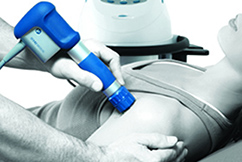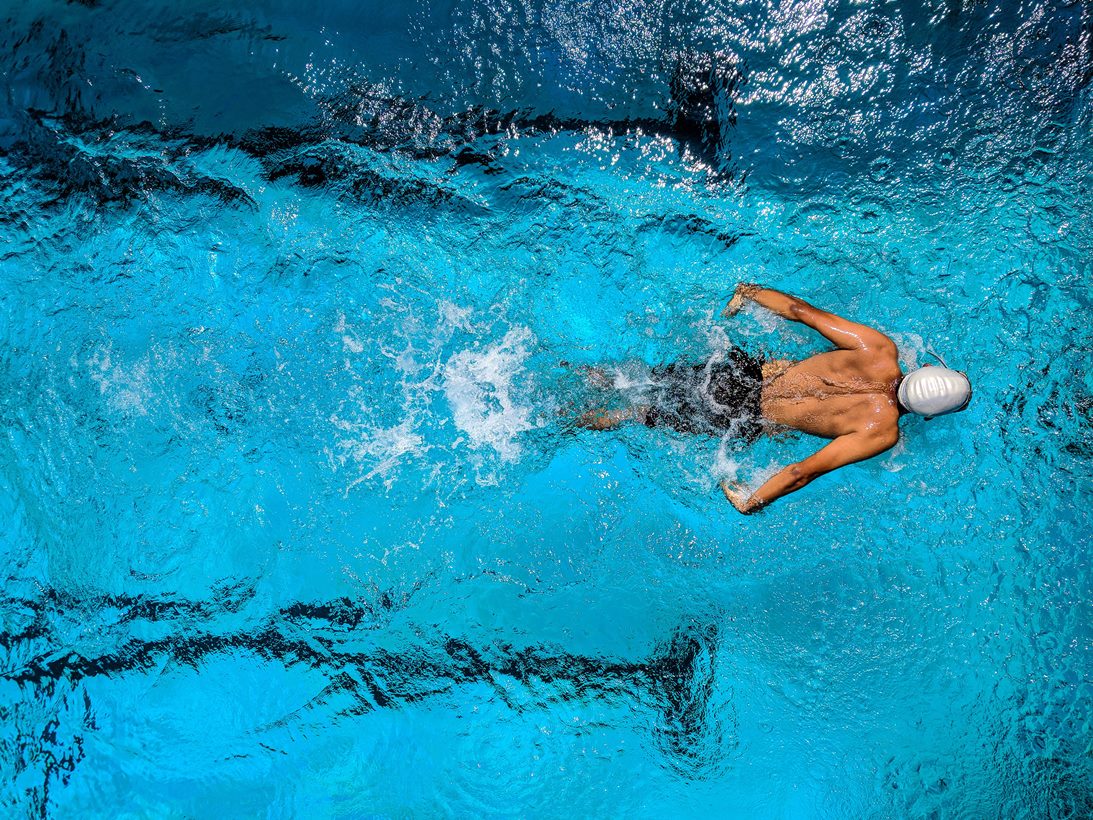Why is Michael Phelps so good?
Michael Phelps just won his 22nd Olympic Gold Medal in Rio today, and he still has a few events to go. 22 Gold Medals. That number is astounding. He is now moving up the list of total Olympic Gold medals by COUNTRY. Currently there are only 38 countries with more gold medals in Olympic history than Michael Phelps. He is arguably the greatest Olympian ever.
Looking down the list of his achievements it begs the question, why is Michael Phelps so good at swimming?
The answer is probably a combination of factors including body shape, muscle type, training factors, technique and a mental strength that make him so great.
Let’s start with some genetic factors that may give Phelps an advantage. Michael Phelps is 193cm tall and has a wingspan of 203 cm! His height and reach allow him to reach a long way forward and displace huge amounts of water in one stroke of his arm. Just like having long legs will help you run faster, having long arms will help you swim faster. In a normal population your wingspan tends to be roughly equal to your height so this extra length in his arms gives Phelps a bio-mechanical advantage when it comes to swimming. Phelps also has huge hands and feet (he wears size 14 US shoes!). These act as flippers and give Phelps more propulsion as he uses them to shoot himself forward in the water. He is also said to have excess range of movement through many of his joints including his feet, however whether this gives him a bio-mechanical advantage is disputed. Many argue that as he has such exceptional range of movement in his ankles his feet act like flippers as they are able to produce a sling like effect which gives him more speed.
Apart from his genetic advantage, Michael Phelps has a great technique that allows him to produce maximal force with minimal effort. He is a master of both the freestyle and butterfly strokes and is very competitive in his own right when it comes to backstroke and breaststroke. As soon as he enters the water, before even surfacing, he uses powerful ‘dolphin’ kicks to accelerate to top speed in a matter of seconds, and then when he reaches the surface his stroke is symmetrical and uses his whole body to generate his stroke. He has terrific rotation through his thorax as he brings his arm over his head, which minimises the work on his shoulders. His perfect symmetry also allows him to stay level in the water and to swim perfectly straight, this reduces the water resistance and overall energy expended.
Now it’s likely that most, if not all Olympic swimmers, have physical traits similar to Phelps, and that they all have almost perfect technique, but with Michael Phelps the case may be that he is almost the perfect body shape for swimming, like the perfect storm.
The last few ingredients that make him great though, are in my opinion, the most important. These are dedication, hard work and mental toughness. Phelps has dedicated his life to swimming and spent decades getting up before sunrise to train and train to reach the top and stay there. His longevity is astounding and can be put down to sheer hard work and determination. He also never gives up and always backs himself to win. He has had his fair share of controversies out of the pool, but in the face of them has been able to knuckle down, focus on his swimming and just keep winning. And that in my eyes is what a champion does.
At the end of the day, athletes like Michael Phelps are once in a generation. So the best thing to do is appreciate their greatness while it lasts and not get too bitter when they beat the Aussies. Sometimes they’re simply too good.
All the best, Markus



